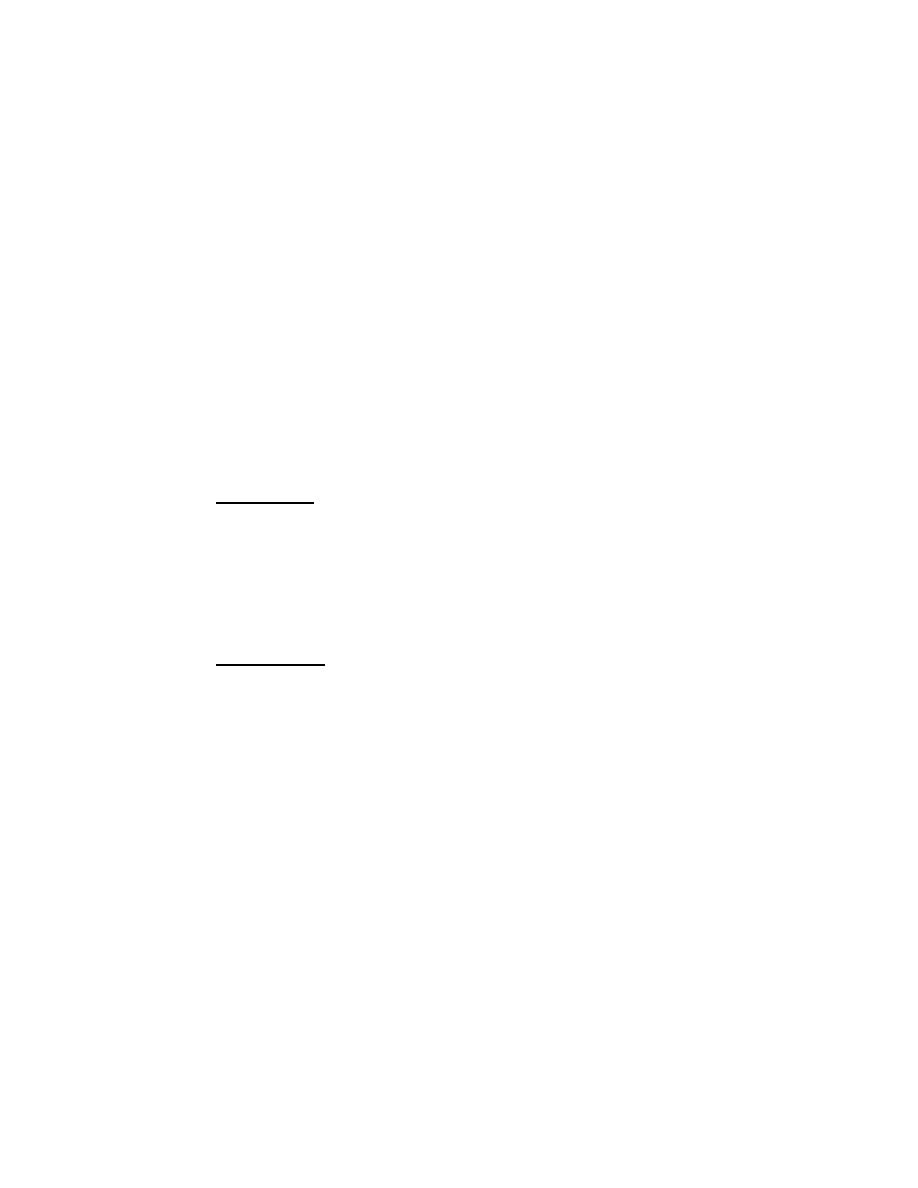
MIL-HDBK-1110
some substrates, but not mill scale and will not produce a
profile. Paint removal is slow (and very difficult from wood)
and the equipment needed to carry out the blasting is expensive.
g) Sponge. Specially manufactured sponge particles,
with or without impregnated hard abrasive, are propelled against
the surface. Less dust is created when sponge abrasive is used
as compared to expendable or recyclable abrasives. The sponge is
typically recycled several times. If sponge particles with
impregnated hard abrasive are used, a profile on a metal can be
produced. Sponge blasting is typically slower than with
conventional mineral or steel abrasives.
h) Sodium Bicarbonate. Sodium bicarbonate particles
are propelled against the surface, often in conjunction with
high-pressure water. This method provides a way to reduce waste
if the paint chips can be separated from the water after cleaning
since sodium bicarbonate is soluble in water. These particles
can be used to remove paint, but not mill scale or heavy
corrosion.
6.7.1.5
Selection. Selection of the proper abrasive is a
critical part of achieving the desired surface preparation.
Factors that influence the selection include: desired degree of
cleanliness; desired profile; degree of rusting; deep pits; and
kind and amount of coating present. Since obtaining the desired
degree of cleanliness and profile are the main reasons for impact
cleaning, they must be given priority over all other factors
except environmental ones in abrasive selection.
6.7.1.6
Inspection. Abrasives must be dry and clean. It is
most important that they are free of inorganic salts, oils, and
other contaminants. There are only limited standard procedures
for inspecting abrasives. The following general procedure is
suggested:
a)
Visually inspect the abrasive to ensure that it is
dry,
b) Test for presence of water soluble salts by
following ASTM D 4940 in which equal volumes of water and
abrasive are mixed and allowed to stand for several minutes and
the conductivity of the supernatant is measured using a
conductivity cell and bridge,
c) Examine the supernatant of the ASTM D 4940 test for
presence of an oil film.
91



 Previous Page
Previous Page
